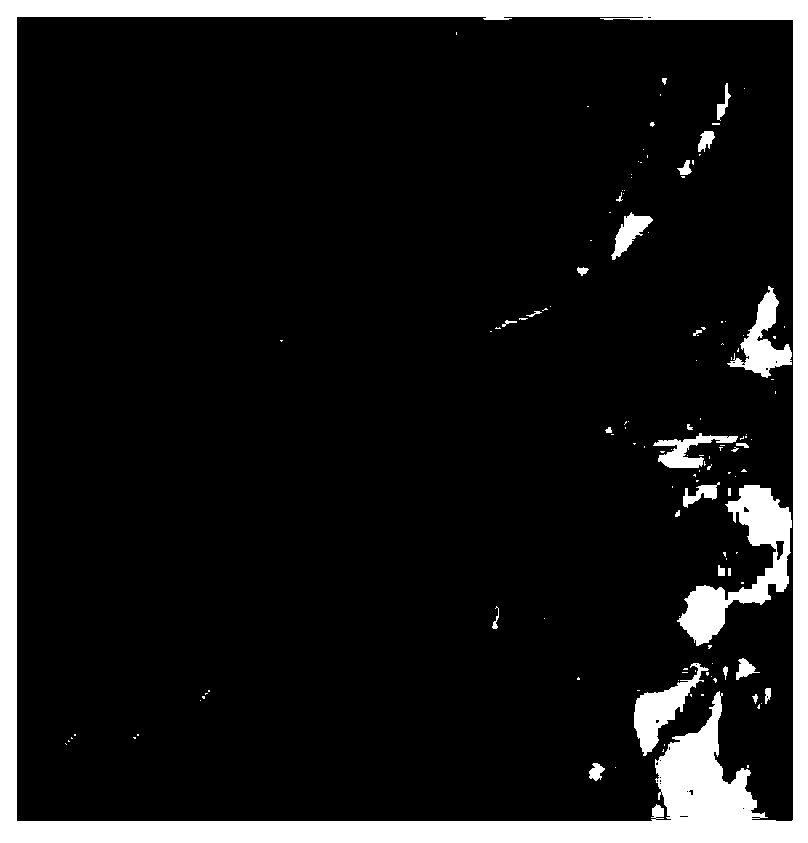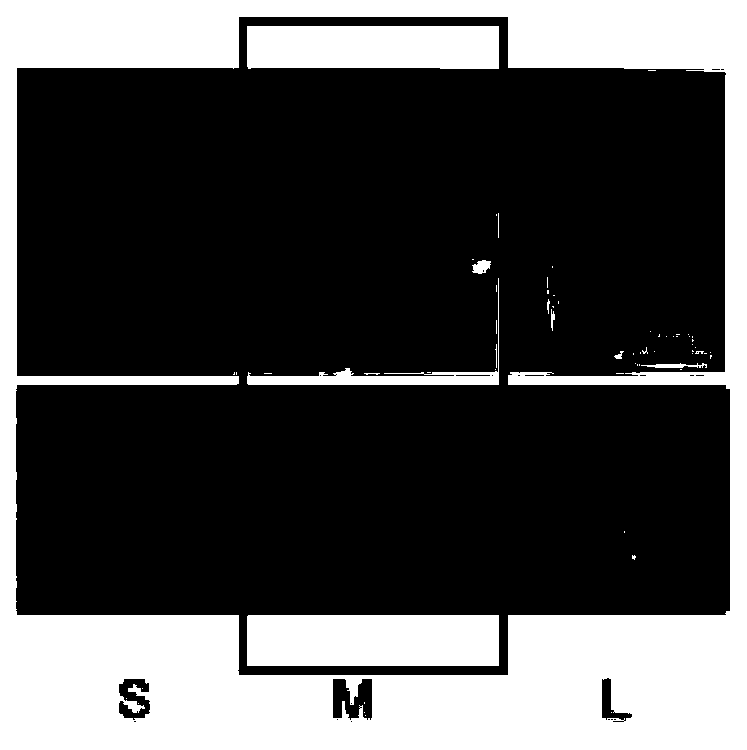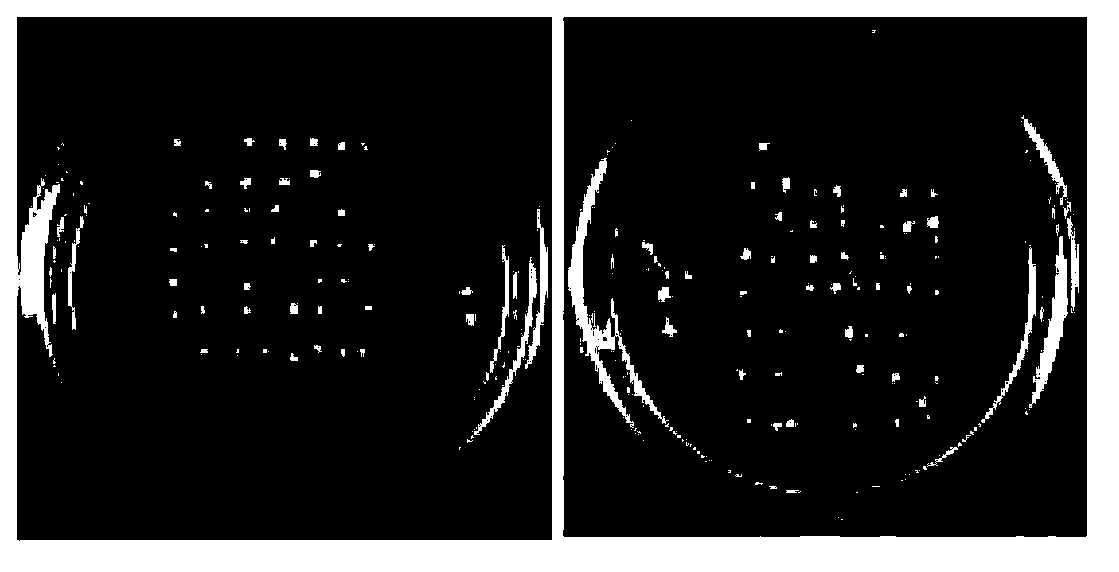High-frequency roegneria kamoji immature embryo callus induction and regeneration cultivation method
A technology of callus induction and culture method, applied in the biological field, can solve problems such as inability to obtain successful in vitro culture, and achieve the effect of inhibiting endophyte contamination
- Summary
- Abstract
- Description
- Claims
- Application Information
AI Technical Summary
Problems solved by technology
Method used
Image
Examples
Embodiment 1
[0024] Example 1: Inhibition of endophytic fungi in the process of callus induction by immature embryos of Goose View Grass
[0025] The immature seeds 12-15 days after the flowering of Goose View Grass are peeled off from the young ears ( figure 1 ), soak in 70% alcohol for 30s, then soak in 0.1% mercuric chloride and shake for 15min, rinse with sterile water 3-5 times. Under sterile conditions, the immature embryos were stripped under a dissecting microscope and inoculated into induction medium MSD2 and MSD2 supplemented with 15mg / L Benlate. After 10 days of dark culture, count the number of embryos contaminated by endophytic fungi. In the MSD2 medium, the contamination rate was as high as 66.7%, but in the MSD2 medium supplemented with 15 mg / L Benlate, the contamination rate dropped to 3.3% (Table 1). Therefore, adding 15mg / L Benlate to the medium can effectively inhibit the growth of endophytic fungi.
[0026] The MSD2 medium is prepared by directly adding 2 mg / L of the ...
Embodiment 2
[0029] Example 2: Comparison of differences in callus induction rate of immature embryos of different sizes
[0030] Peel off the immature seeds 12-15 days after flowering of Goose View Grass from the young ears, soak in 70% alcohol for 30 seconds, then soak in 0.1% mercury chloride and shake for 15 minutes, and rinse with sterile water 3-5 times. Under aseptic conditions, the immature embryos were peeled off under a dissecting microscope, and were divided into three types according to the length of the longitudinal axis of the immature embryos ( figure 2 ): L stands for immature embryos with a length of about 300um, M stands for immature embryos with a length of about 200um, and S stands for immature embryos with a length of about 100um, which are respectively inoculated into MSD2 with 15mg / L Benlate added to the induction medium, cultured in the dark After 28 days, count and compare the differences in the callus induction rate of immature embryos of different sizes, and the...
Embodiment 3
[0033] Example 3: Effects of adding different hormone combinations on induction of immature embryo callus in induction medium
[0034] The 100-200um immature embryos of A. argentina in the above-mentioned Example 2 were selected for callus induction, and the effects of adding different hormone combinations (Table 3) in the MS induction medium on the callus induction of immature embryos were compared. Table 4 shows the healing rate and direct germination rate of immature embryos in MS medium supplemented with different hormone combinations. It can be seen from these two tables that the recovery rate of immature embryos in the culture without hormone 6-BA is higher than that in the medium with hormone 6-BA, while the overall growth rate of immature embryos in the medium with the hormone dicamba is The healing rate is better than that of the medium supplemented with hormone 2,4-D. Looking at the healing rate of immature embryos in all media, it is found that the healing rate of ...
PUM
 Login to View More
Login to View More Abstract
Description
Claims
Application Information
 Login to View More
Login to View More - R&D
- Intellectual Property
- Life Sciences
- Materials
- Tech Scout
- Unparalleled Data Quality
- Higher Quality Content
- 60% Fewer Hallucinations
Browse by: Latest US Patents, China's latest patents, Technical Efficacy Thesaurus, Application Domain, Technology Topic, Popular Technical Reports.
© 2025 PatSnap. All rights reserved.Legal|Privacy policy|Modern Slavery Act Transparency Statement|Sitemap|About US| Contact US: help@patsnap.com



